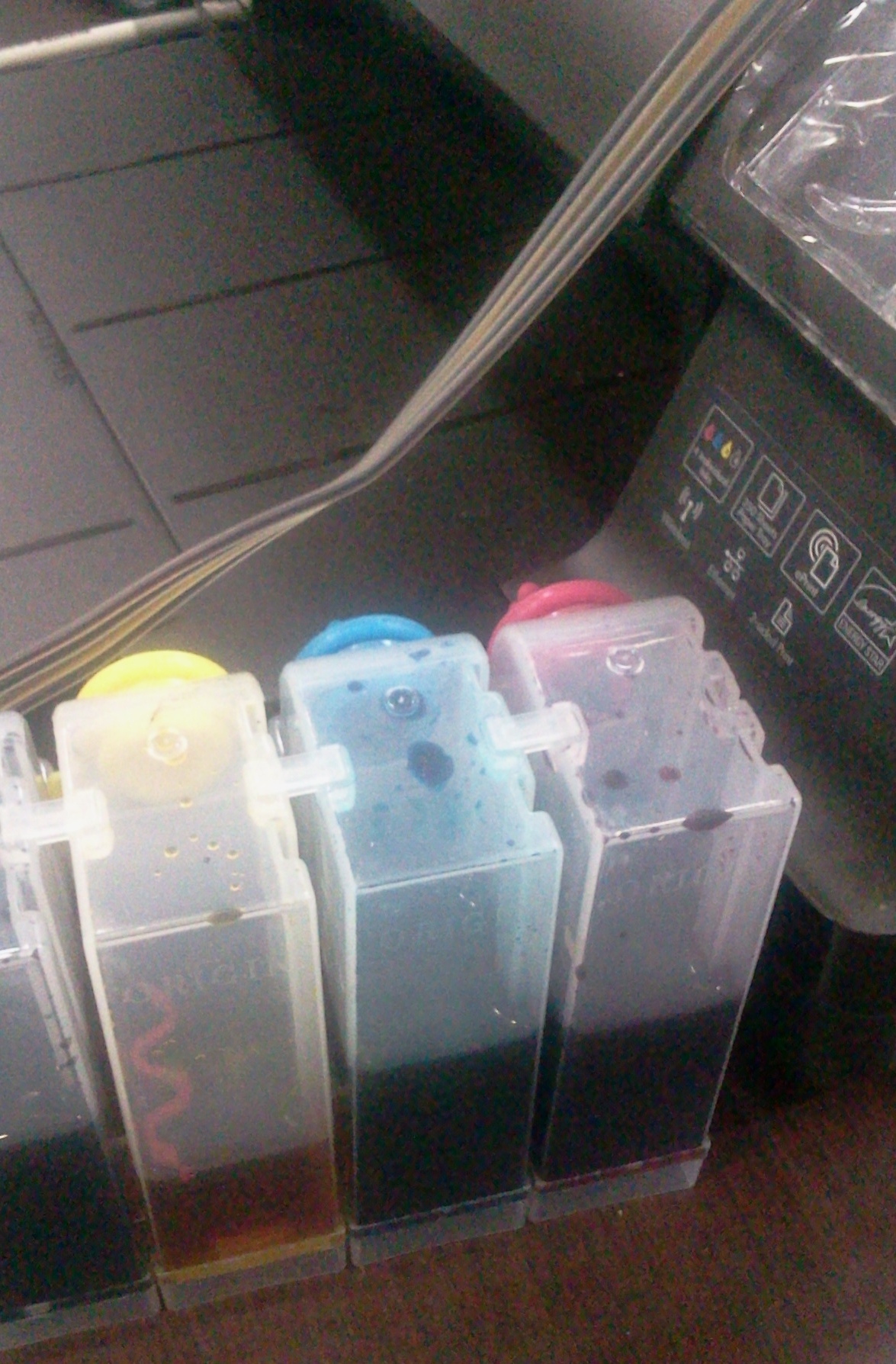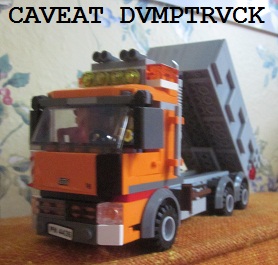Sometimes I find myself saying something where I suddenly feel aware that maybe this is the first time anyone ever needed to say that specific thing. I think of these as some kind of syntactical hapaxes (hapaces?). This awareness harkens back to the linguistic commonplace (due to Chomsky, maybe?) that one of the most remarkable features of human language and syntax is that they allow the creation of utterly novel meanings, on demand.
So yesterday, at work, I looked at the color printer on the desk in the staff room, and I observed: “There is a lego snake in the yellow printer ink.” How likely is it that someone needed to say this before?
You see, lego (the toy) includes a “lego snake” – it comes with some sets that include the lego crocodile (which I prefer to call a legogator). It is small – a single piece, intended for the same scale as the lego minifigures – about 2 cm long and 2 mm thick.
On my desk, there lives a small legogator with his lego snake – generally in the legogator’s mouth.
Meanwhile, the color printer includes a set of external ink containers that are a kind of universal post-retail hack that Koreans have turned into a business, that avoids the need to buy expensive ink cartriges for one’s ink-jet printers. The external ink reservoirs are openable and can be filled manually from bottles of ink, and small tubes snake (ahem) into pseudo-ink cartriges embedded inside the printer. This system is much cheaper and more practical than buying expensive replacement ink cartriges, though clearly not in the best financial interests of the printer-manufacturers, who have always been pretty honest about the fact that they make most of their money on selling refill cartriges rather than the printers themselves. But I have never seen an ink-jet printer in Korea that did NOT include this type of aftermarket add-on.
That’s a technical digression, for those interested. What I saw yesterday was my lego snake floating in the yellow color printer ink reservoir.
I took a picture after making my utterance, because I immediately felt the need to record this syntactical hapax for posterity.

You can see the lego snake clearly, enjoying a swim in yellow ink.
I notified our technical/maintenance guy, Mr Park, and he popped open the ink reservoir (I was afraid to mess with it myself, not knowing the details of the device’s operation). I then used a pair of scissors to fish out Mr Snake, who was now altered from red plastic to a more orangish hue, understandably.
I suspected a young 4th grader named Chaejun of the crime. He spends a lot of time in the staff room, because his mom works at the hagwon. And he’s a little bit mischievous. Mr Park agreed when I suggested that Chaejun was the culprit.
So I asked Chaejun, later, when I saw him. “Did you put a lego snake in the printer ink?”
His English really isn’t that good, but he understood what I was referring to immediately, which was already immediate confirmation that he was the guilty party – what non-native speaker would know what that was about, if they hadn’t engineered the situation in the first place? For that matter, none of my coworkers could wrap their minds around what I’d discovered, even when I tried to explain it to them later: there were too many unexpected, strung-together nominal modifiers: lego + snake, printer + ink.
Anyway, Chaejun didn’t bother denying it. He simply nodded, grinning proudly.
![]() [daily log: walking, 6 km]
[daily log: walking, 6 km]

I’m not quite sure why, but I thought this was one of your funniest posts in a while, at least from among the ones I’ve read. The sheer incongruity of finding–then successfully explaining to a non-native speaker of English–your Lego snake in the yellow printer ink is simply hilarious to me. Chomsky must have been on to something, given that this particular student could understand what you meant , thereby proving his guilt via syntactical hapax comprehension, or whatever. I love the different layers of meaning and interpretation inherent in this story. Or maybe it’s just that I have a number of Lego snakes around my house so I knew immediately what you were referring to.
But can you explain this: when I went to confirm the singular of “hapaxes” online, I came across a wikipedia entry for the term “hapax legomenon” ?!?
Ok, I now see that you already included a link to the article on “hapax legomenon,” so your blog entry title is a bit of a pun. But you didn’t choose to utter a hapax legomenon about a Lego piece; Chaejun led you to this. Presumably he’s even less fluent in Greek than in English. Or maybe this is a further example of Lego’s brilliant marketing–choosing a name that resonates in a multiple languages? But I’m more inclined to assign the brilliance in this case to you, bringing me back to where I started: marveling at the multivalent humor of your post.